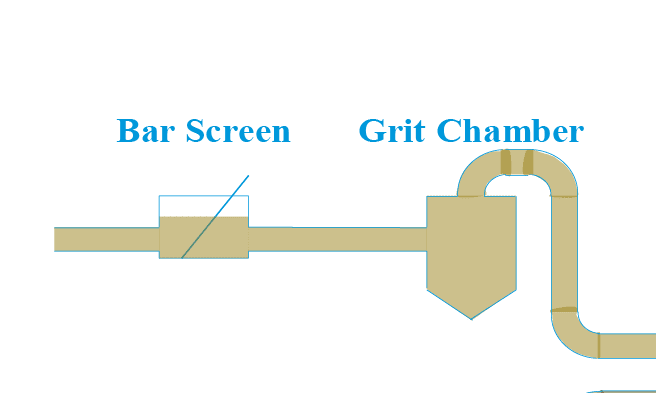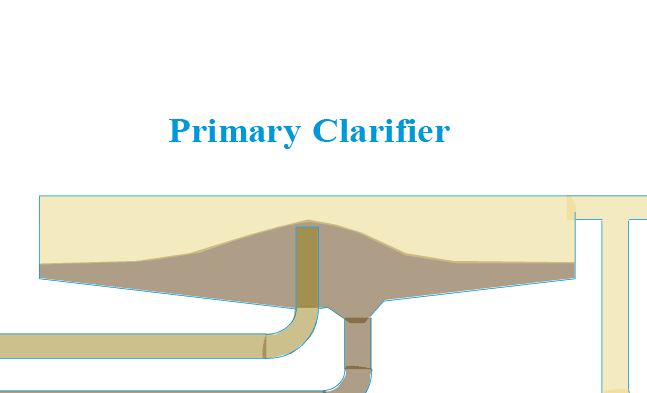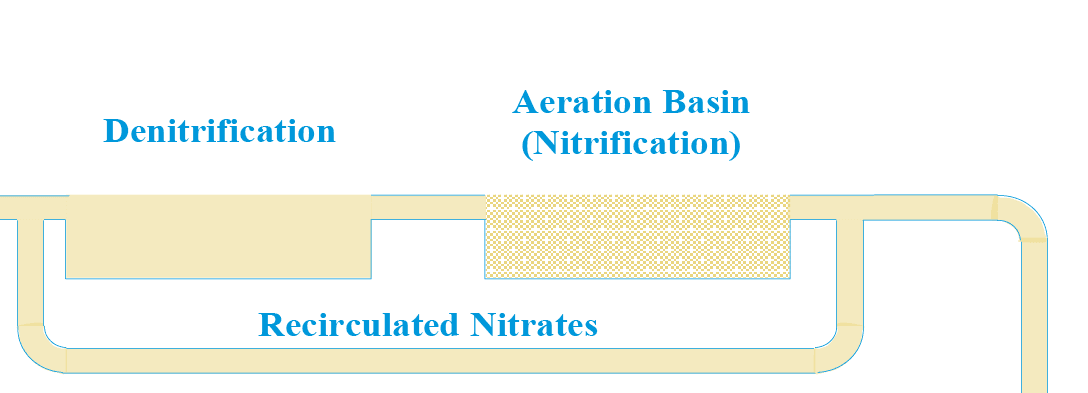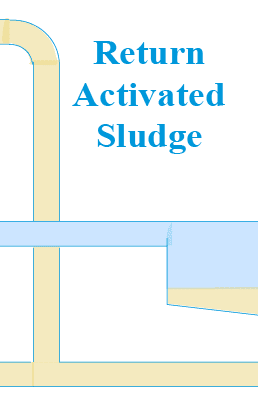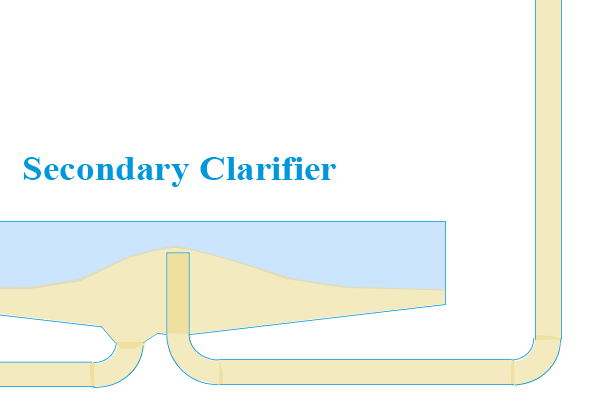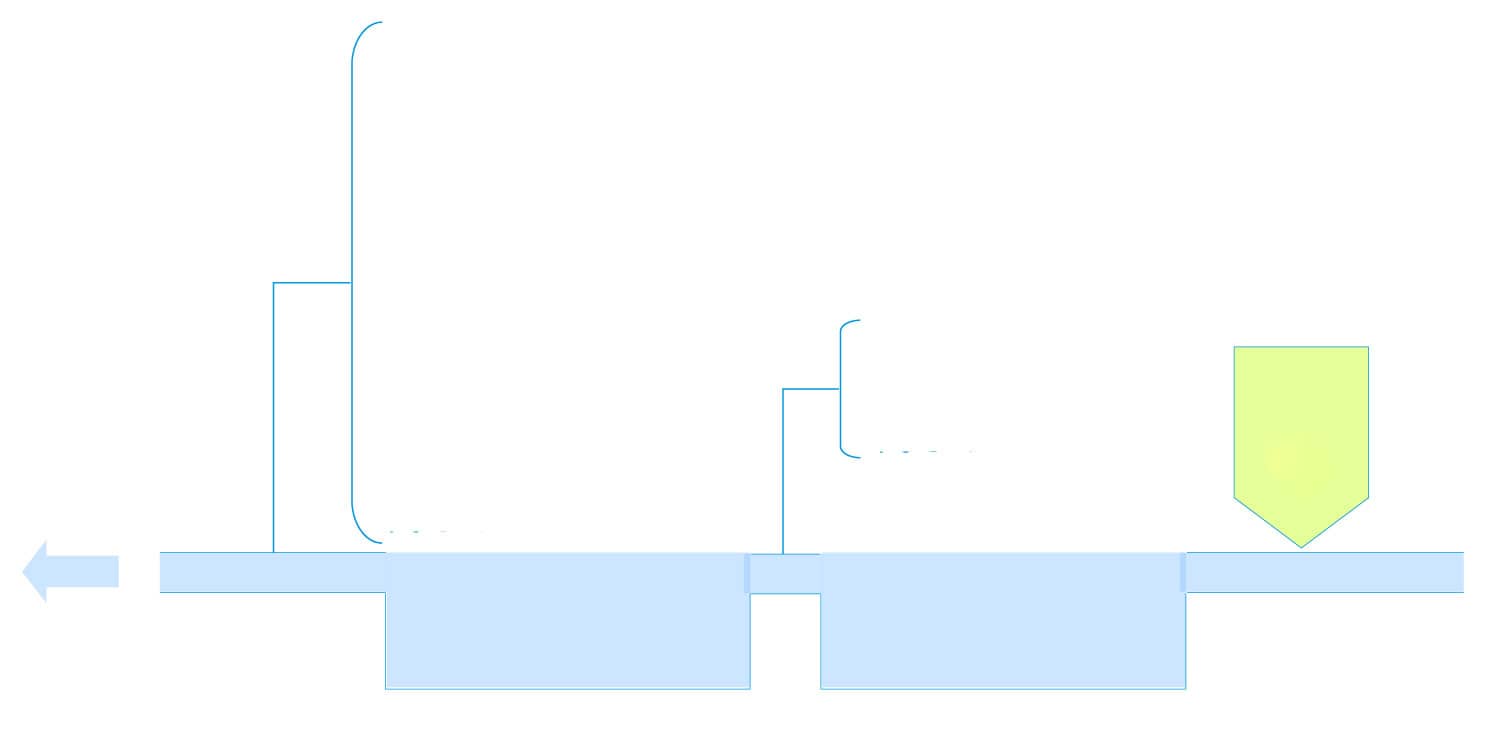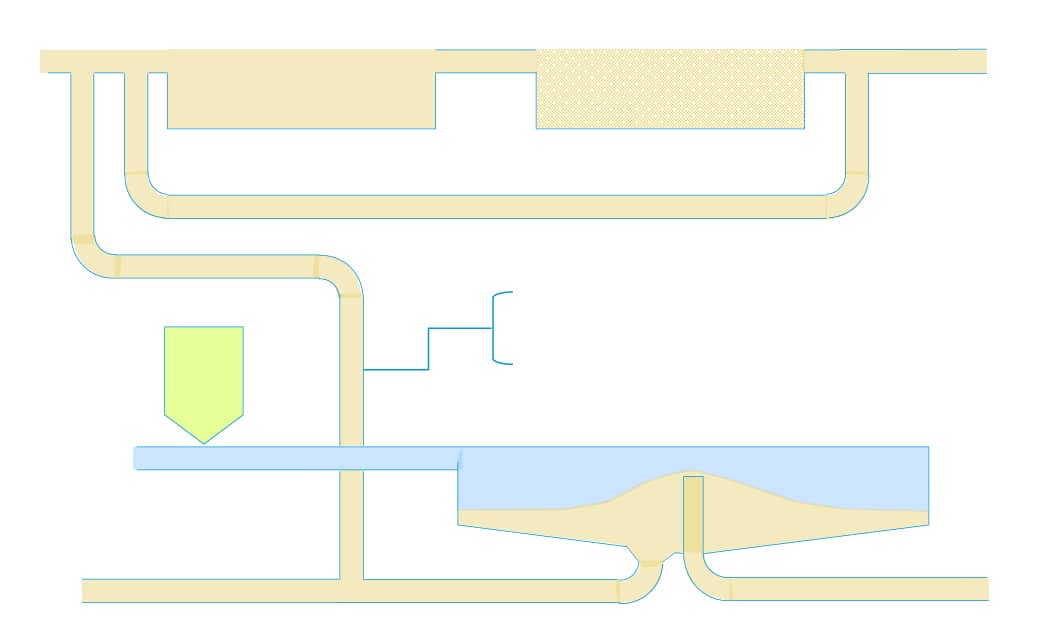WASTE WATER
Discover the wastewater treatment process that converts water no longer needed or suitable for use into bilge water that is returned to the environment.
Pre-treatment phase
During the pre-treatment phase, wastewater treatment plants remove large items like tree limbs, garbage, leaves, cans, rags, plastic bottles, diapers, and other waste materials. A set of bar screens rakes away these things. Equalisation basins and various grit chambers regulate the water inflow rate in many wastewater treatment plants, allowing stones, sand, and glass to settle. The basins store sewage until it is ready for treatment and handle storm-related overflows. During pre-treatment, some wastewater treatment plants skim grease and fats from the water’s surface, sometimes using air blowers to whip the oily material into a froth for easier removal. Other wastewater treatment plants remove grease during the next phase.
Primary treatment phase
Following pre-treatment, wastewater collects in primary clarifiers, which are large basins with sedimentation tanks. Smaller particles settle out due to gravity and mechanically driven scrapers collect solid matter and direct it to hoppers connected to sludge treatment equipment. If the wastewater treatment plant did not remove grease and oil during the pre-treatment phase, it does so now with surface skimmers. Some plants use machinery to saponify collected fats by combining them with lye, resulting in soaps and glycerol.
Secondary treatment phase
In the next phase, wastewater treatment plants aerate and agitate the wastewater in secondary basins, adding beneficial microorganisms to break down organic matter into sludge. Plants use various strategies to break down sludge. For example, they can culture many microbes and pass the waste material over the biofilm. Other plants combine biomass with waste to produce activated sludge, which can be recycled and reused. Carbon and nitrogen are removed from organic wastes by the resulting biological floc. Oxidation can occur on the surface, in lagoons, or in filter beds containing coked coal and limestone. Some wastewater treatment facilities build wetlands and reed beds to decompose organic waste. Membrane bioreactors and biological aerated filters are two other technologies used. The wastewater that results collects and settles in a secondary clarifier tank.
Sludge treatment phase
The final step is to treat the remaining water and biosolids, also known as sludge. Organic waste is separated from heavier grit by gravity and can be disposed of in landfills. After passing through a thickener, the remaining primary sludge is centrifuged and fed to digesting tanks containing anaerobic bacteria. These tanks generate methane, which is used to power the plant. The final solid product, stabilised sludge, can be partially deodorised and used as fertiliser in the soil. The remainder of the wastewater is treated to remove phosphorus, nitrogen, and other nutrients before being disinfected with chlorine, ozone, or ultraviolet light and returned to the water supply.

